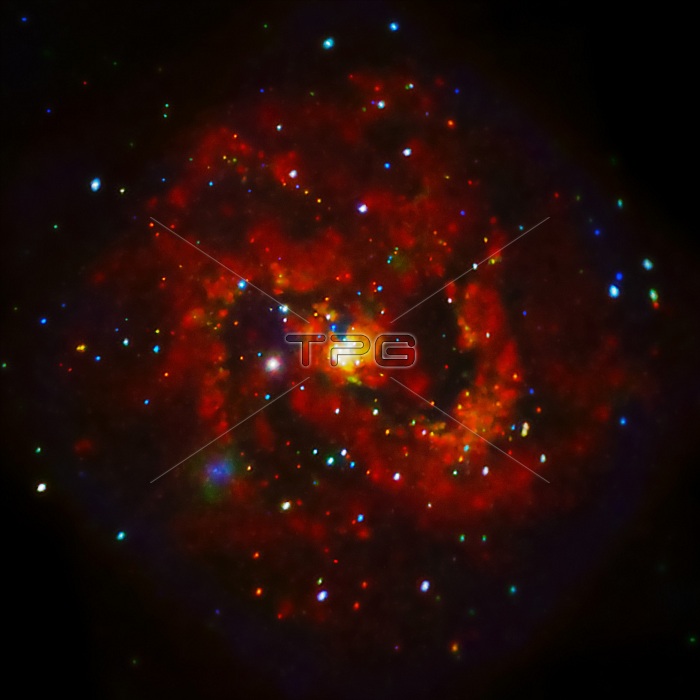
The full-field image shows Chandra's view of M83 during a long observation where low, medium, and high-energy X-rays are red, green, and blue respectively. This is the first time the remains of SN 1957D have been detected in X-rays. Chandra's new X-ray data provide important information about the nature of this explosion that astronomers think happened when a massive star ran out of fuel and collapsed. Over fifty years ago, a supernova was discovered in M83, a spiral galaxy about 15 million light years from Earth. Astronomers have used NASA's Chandra X-ray Observatory to make the first detection of X-rays emitted by the debris from this explosion. Named SN 1957D because it was the fourth supernova to be discovered in the year of 1957, it is one of only a few located outside of the Milky Way galaxy that is detectable, in both radio and optical wavelengths, decades after its explosion was observed. Using Chandra, astronomers have detected X-rays from the remains of a supernova that was spotted from Earth over 50 years ago. Six supernovae (SN 1923A, SN 1945B, SN 1950B, SN 1957D, SN 1968L and SN 1983N) have been observed in M83. Release date July 30, 2012.
| px | px | dpi | = | cm | x | cm | = | MB |
Details
Creative#:
TOP22313244
Source:
達志影像
Authorization Type:
RM
Release Information:
須由TPG 完整授權
Model Release:
N/A
Property Release:
No
Right to Privacy:
No
Same folder images:

 Loading
Loading